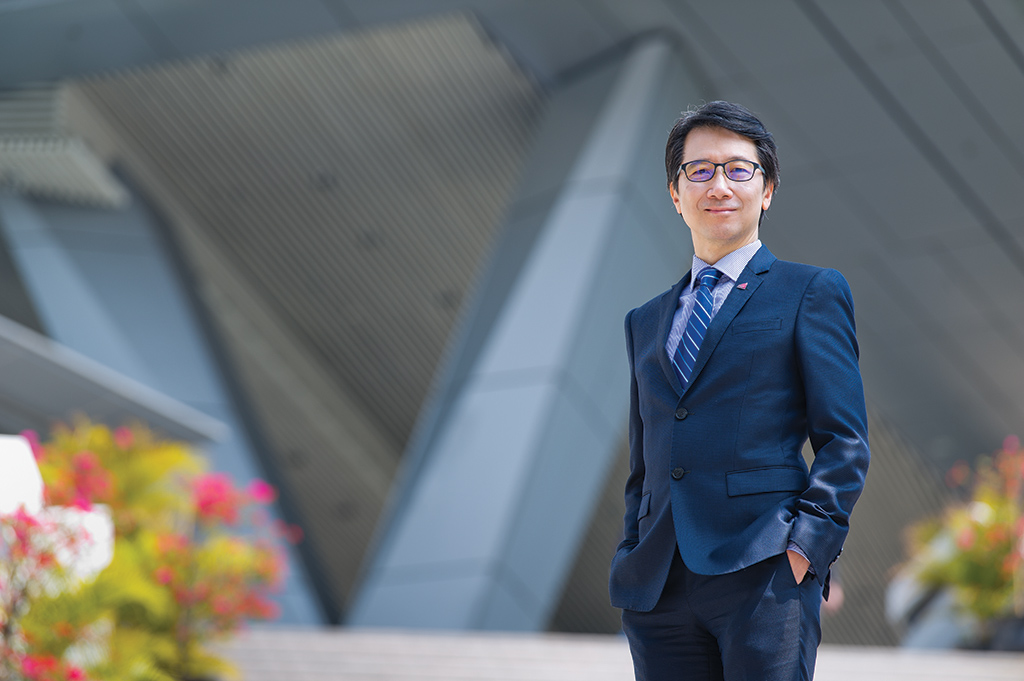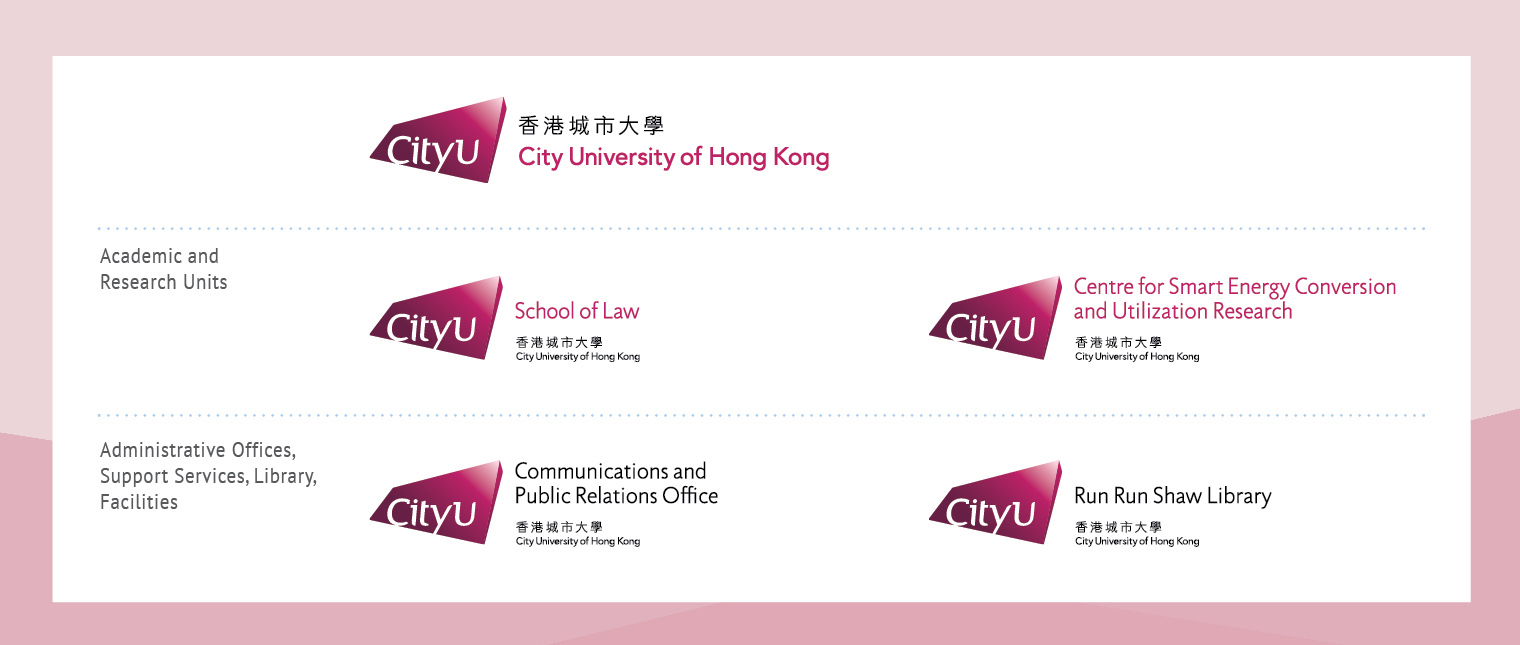
Boosting our brand with a revamped logo policy
By : Michael Gibb
The CityU logo policy is embarking on the next phase of its evolution, adopting a refreshed look that consolidates our visual identity and generates greater coherence between the University and our various constitutive units, according to Professor Matthew Lee Kwok-on, Vice-President (Development and External Relations).
Fittingly, the new drive to refresh the logo policy happens to occur during our 25th anniversary as a university.
“It’s a good time to consolidate,” says Professor Lee. “We’re advancing rapidly, and a strong brand is an essential part of our story and critical in realising our vision to becoming a leading global university. The revised logo policy will add that extra dimension to help boost recognition for our achievements.”
We rejigged our logo in 2015 in response to our progress. “We were making such dramatic advances that we felt we really needed a new logo that reflected our transformation,” Professor Lee says.
 Professor Matthew Lee Kwok-onHowever, the new logo in conjunction with the visual marques of individual units around campus doesn’t present a coherent picture. Because of the rich variety of typographies and graphic elements used across campus in different units, our visual identity is fragmented and incoherent, a random-pluralistic approach that undermines our unity and purpose as an organisation, Professor Lee points out.
Professor Matthew Lee Kwok-onHowever, the new logo in conjunction with the visual marques of individual units around campus doesn’t present a coherent picture. Because of the rich variety of typographies and graphic elements used across campus in different units, our visual identity is fragmented and incoherent, a random-pluralistic approach that undermines our unity and purpose as an organisation, Professor Lee points out.
“There are currently over 200 visual identities used on campus! Our new approach in the logo policy is to emphasise one brand identity to be responsible for all relationships, create consistency across the organisation and produce greater clarity, unity and confidence in terms of the way we present ourselves internally and externally,” he says.
The monolithic approach used in the revised logo policy is more coherent and purposeful and is guided by the following principles:
- CityU should strive to communicate a single, unified organisation that is committed to the same vision, goals and high levels of quality.
- Academic, administrative and support units of the University (e.g. colleges/ schools / departments / research centres / offices) should use the CityU logo and no other visual marque, showing a clean and equal link to the University through a consistent typographic treatment of their names.
 Figure 1Figure 1 shows that in the monolithic approach we only use the CityU logo and then the name of the unit. Academic units are in burgundy and other units in black. Guidelines have been sent out to all staff and are available at www.cityu.edu.hk/cpro/cityu-brand.
Figure 1Figure 1 shows that in the monolithic approach we only use the CityU logo and then the name of the unit. Academic units are in burgundy and other units in black. Guidelines have been sent out to all staff and are available at www.cityu.edu.hk/cpro/cityu-brand.
“This monolithic approach reduces any possibility of ambiguity and represents a modern approach used by many leading universities worldwide. The focus is on ‘City University of Hong Kong’, and the unit is part of that whole. That means, the University is the principal identity,” Professor Lee explains.
There are two exceptions. The Hong Kong Institute for Advanced Study (HKIAS) carries its own logo because it is pitched at an exceptionally high level (with Nobel Laureates as its members) and it is anticipated that in the future HKIAS might grow beyond the university level and become a Hong Kong-level institution based at CityU rather than “owned” by CityU. In this sense, HKIAS would be the “Hong Kong” institute, a territory-wide hub for ground-breaking scholarship and research at a very high level.
The other exception is the Jockey Club College of Veterinary Medicine and Life Sciences because there is a strong connection at the university level with another institution, i.e. Cornell University, which has been our partner in our veterinary medicine project since day one.
“The revised logo policy implemented in April is a logical extension of the work we started in 2015 to seek a new and dynamic way of reflecting our brand. Our job with the logo is to look at the bigger picture and to unify, consolidate and refresh an exciting new look that will help to promote CityU in the years to come,” Professor Lee says.

